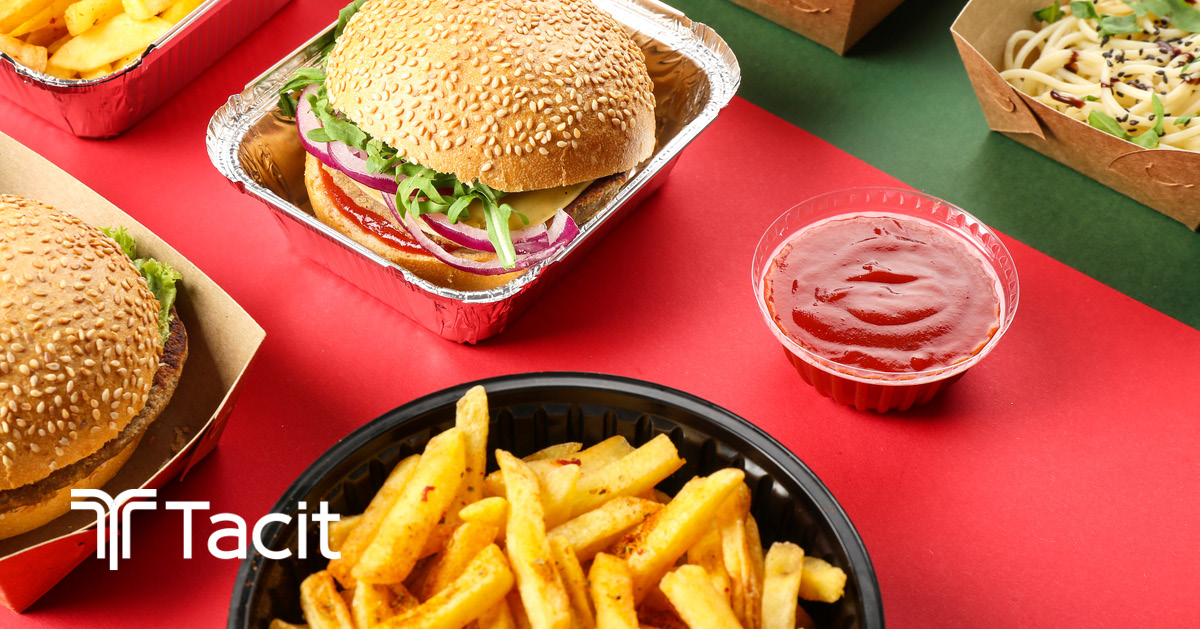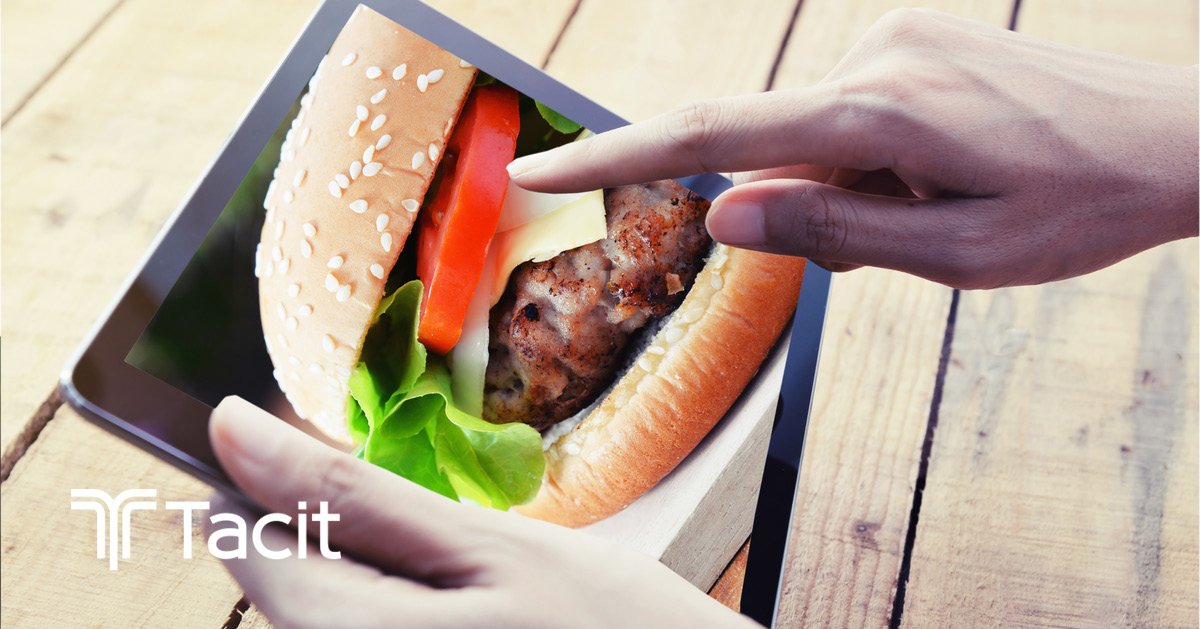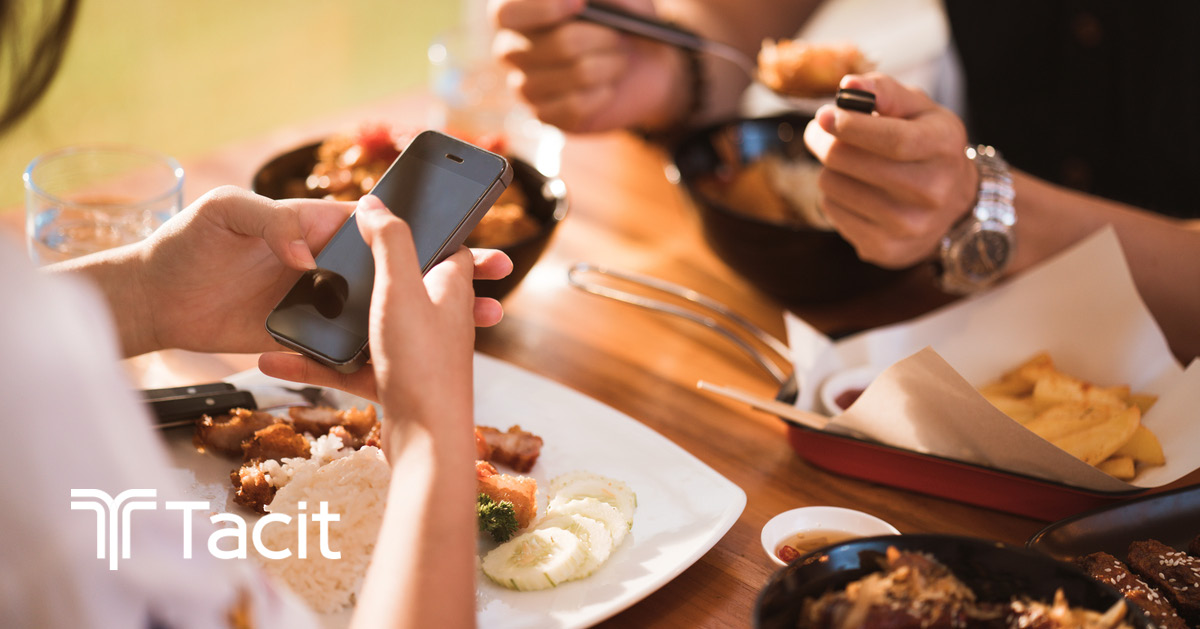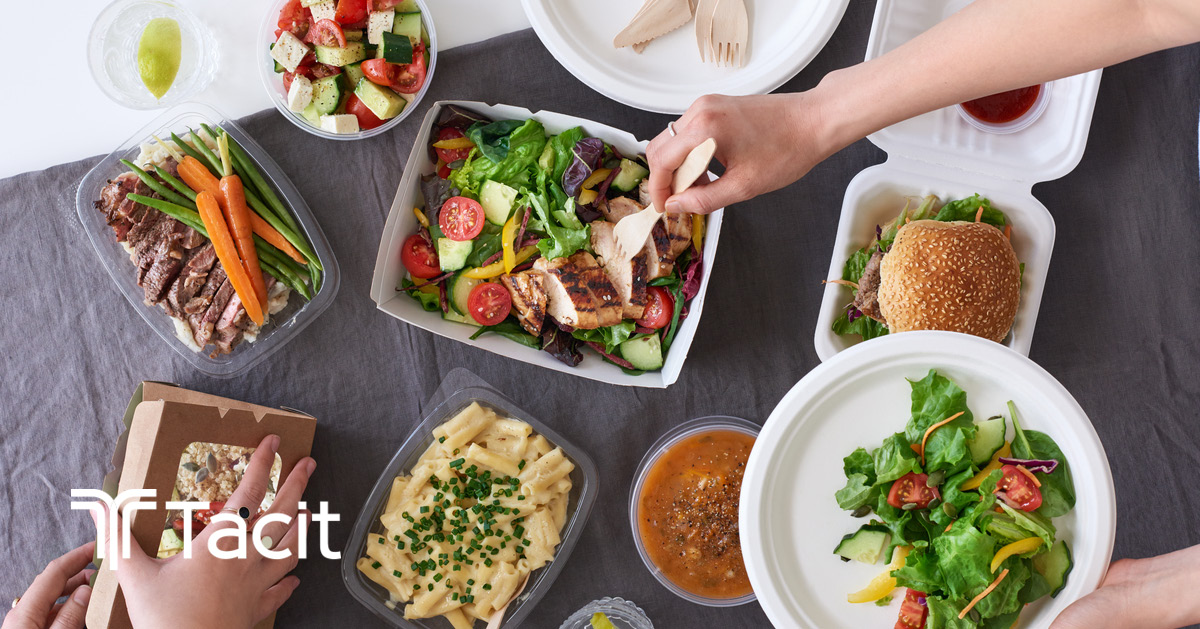19 Feb Third-Party Restaurant Delivery Services: What’s Causing Demand?
Several marked shifts have occurred within the restaurant space with the rise of ecommerce and omnichannel. Omnichannel is no longer just an opportunity for retail, it affects restaurateurs as well. Restaurant operators need to understand how the industry evolved to meet changing needs, says Fast...










